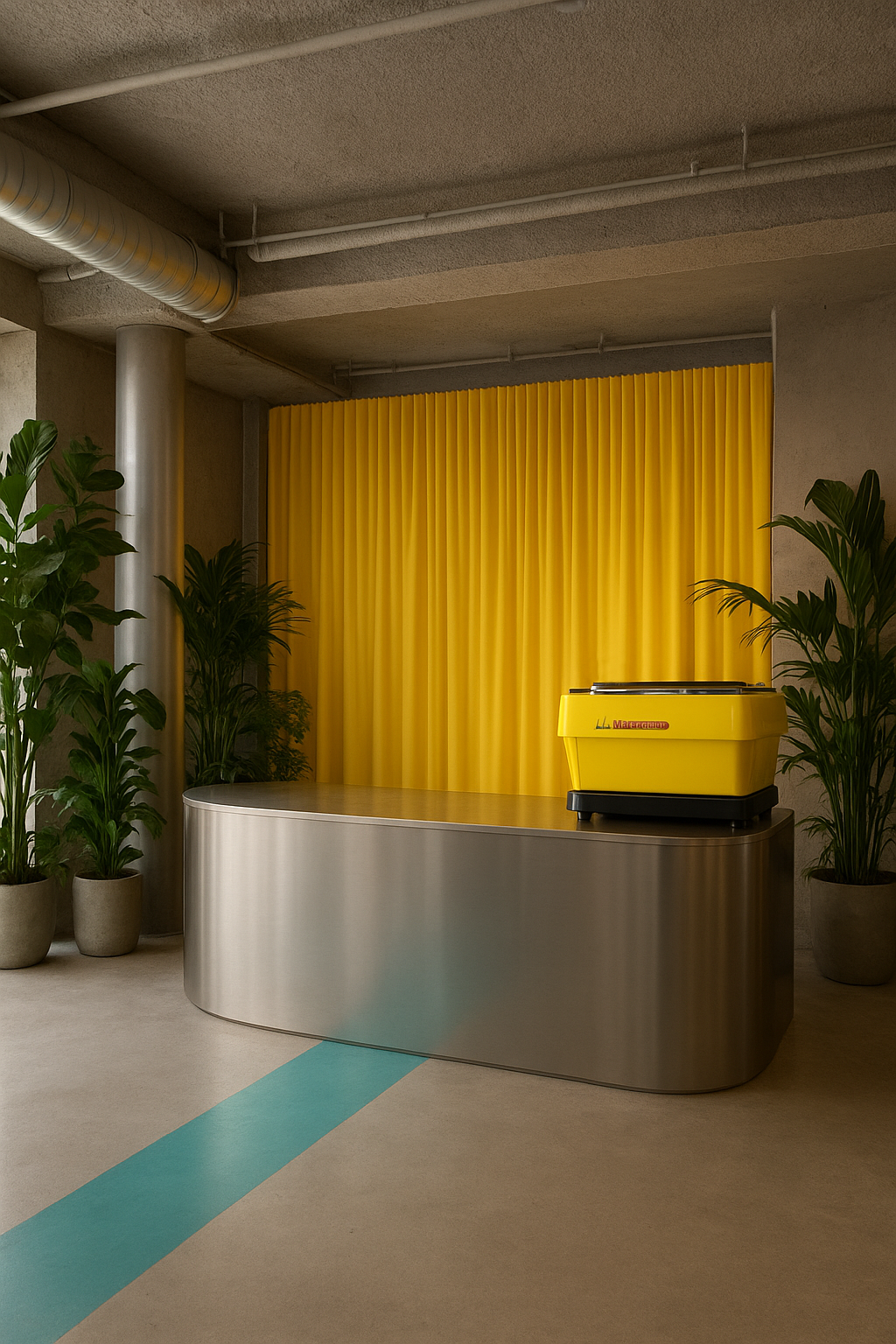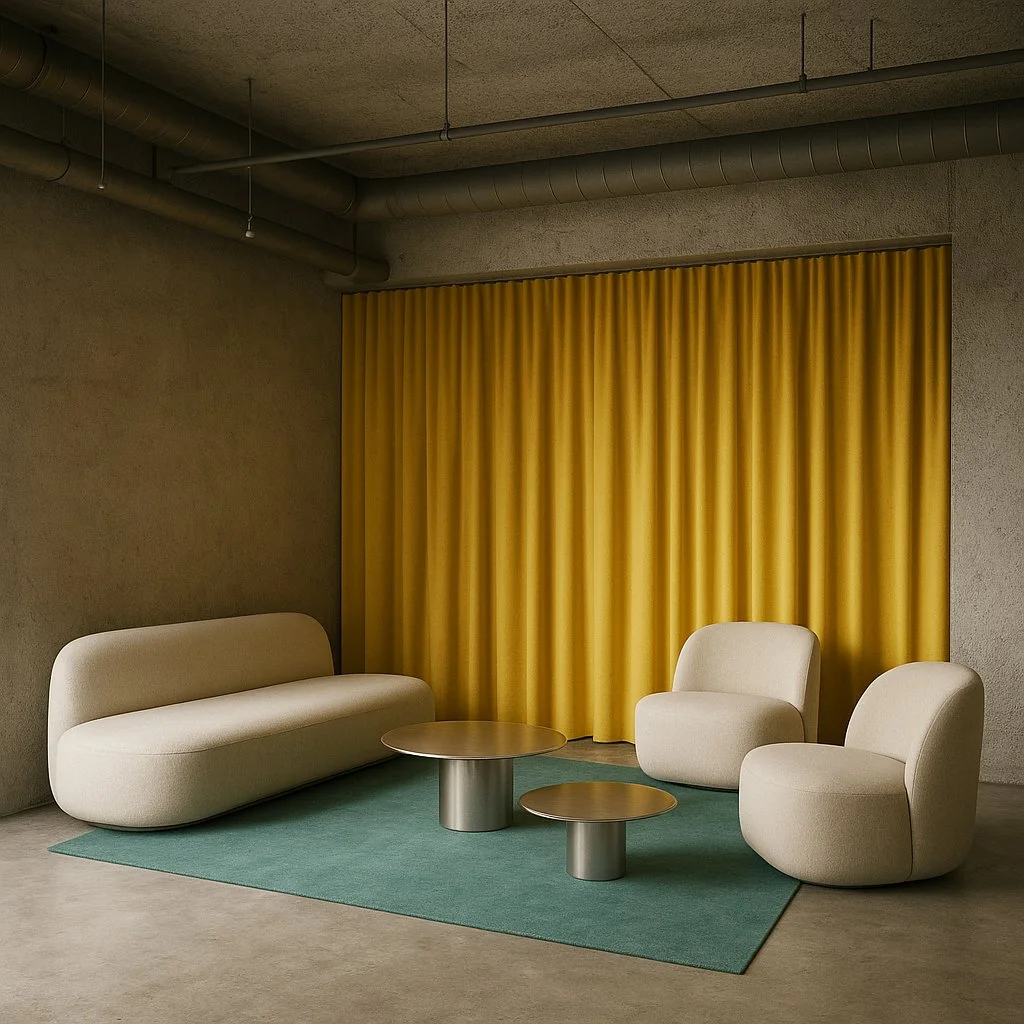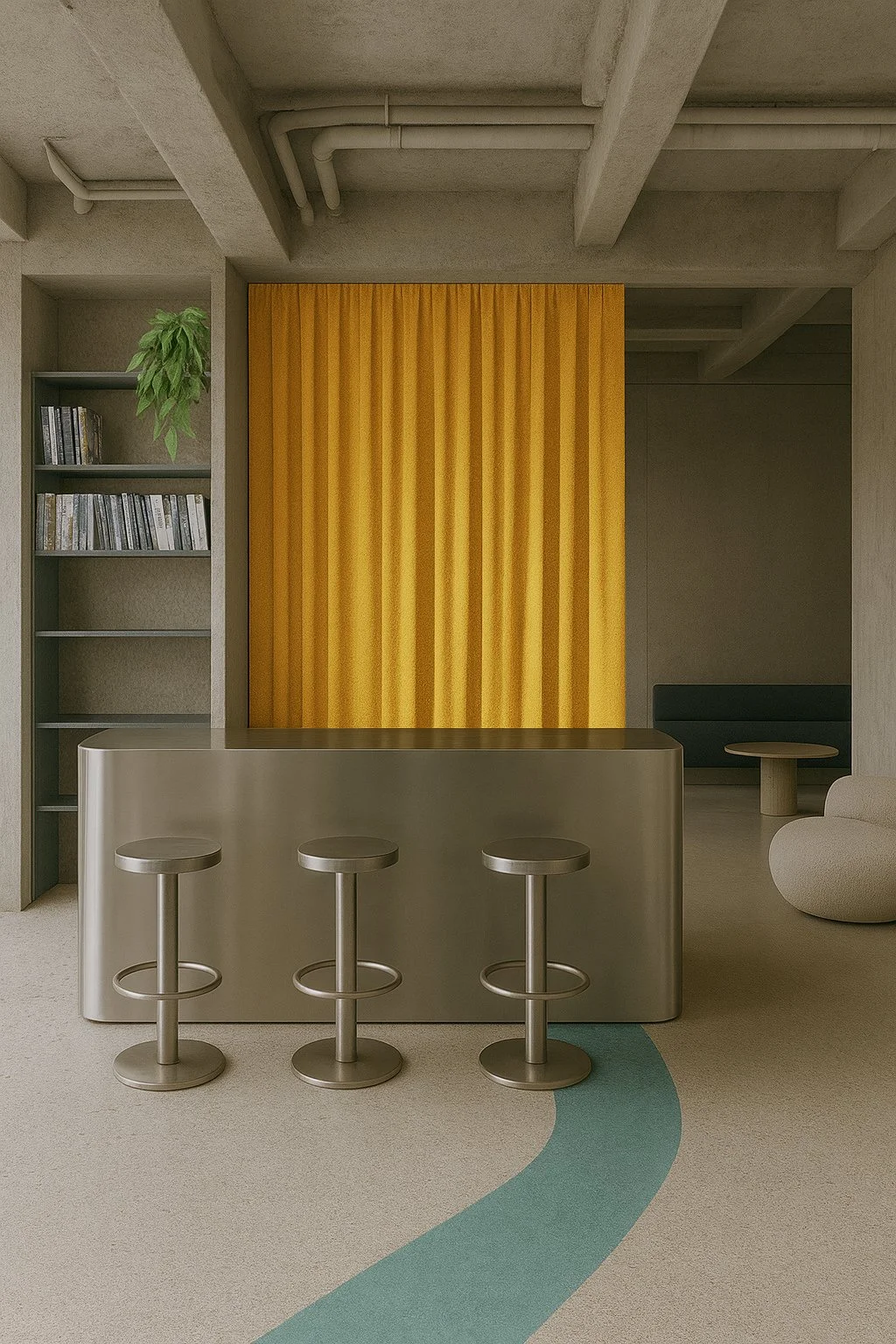The Future of Climbing Gyms: Why Hospitality Matters as Much as the Walls
In the last decade, the climbing gym industry has evolved at breakneck speed. What was once a niche pursuit confined to converted warehouses and dusty basements has become a mainstream sport, with climbing gyms now found in almost every major city across Europe and the UK. The quality of wall design, route setting, hold selection, and training facilities has never been higher. From MoonBoards and KilterBoards to bespoke spraywalls, campus boards, and finger training stations, the modern climbing gym offers a technical landscape to suit beginners through to elite athletes.
On the climbing side, there is very little left to criticise. Most gyms now understand how to provide a balanced spread of grades, intelligent routesetting, and a progression that keeps members coming back. The problem, however, lies not in the climbing itself but in everything that surrounds it: the hospitality and front-of-house experience.
If climbing gyms are to continue their expansion—and if climbing as an industry is to grow beyond its current boundaries—operators and decision makers need to accept that climbing is no longer competing in a small climbing-only niche. Increasingly, it is part of the broader fitness and lifestyle space, competing with the likes of boutique gyms such as Third Space, 1Rebel, Psycle, or Barry’s Bootcamp. Customers who might just as easily book a class at Psycle as a session at The Hangar expect a certain standard of environment. They are looking for more than exercise: they are looking for experience.
This is where many climbing gyms still fall short. The front of house, lounge areas, cafés, and changing facilities often feel like an afterthought, with investments funnelled almost exclusively into walls and holds. But modern customers expect more. They want spaces that are welcoming, inspiring, and functional—places where they can relax, work remotely, meet friends, or recover after a session. They expect good coffee, fresh healthy food, recovery shakes, and a service standard that feels professional rather than improvised. They expect toilets, showers, and changing rooms that are as clean and thoughtfully designed as the training boards and spray walls. They expect a cohesive brand experience, one that makes them want to return not only to climb but to spend time.
For operators and decision makers, building this brand experience is not just about customer satisfaction—it is about strengthening visibility and supporting future growth. A memorable and consistent atmosphere across one site builds brand identity, which makes it easier to expand into new locations. When customers associate a gym with great climbing and great hospitality, the brand becomes stronger, more recognisable, and more competitive in an increasingly crowded market.
The good news is that delivering this level of hospitality does not have to break the bank. With a relatively small upfront investment in design—by working with architects and interior designers who understand both hospitality and climbing—gyms can create spaces that feel elevated, memorable, and cost-efficient. Elements such as thoughtful paint choices, strategic use of curtains, lighting, furniture, and acoustic treatments can transform even the most utilitarian of spaces. In many cases, existing gyms can be retrofitted to significantly improve the customer experience without major construction works.
Design is not a luxury here; it is a necessity for the industry’s long-term growth. Climbing has firmly stepped into the wellness and fitness mainstream, and it needs to present itself as such. This doesn’t mean every climbing gym should feel like a glossy boutique studio. It means recognising that atmosphere and environment directly affect how customers perceive the value of their membership. A well-designed lounge, a good coffee bar, or a clean and vibrant changing area can be just as important in member retention as a new set of holds or a fresh reset.
There is also a cultural dimension at play. Climbing gyms are now community hubs, attracting not only seasoned climbers but also students, young professionals, families, and fitness enthusiasts. Many customers come to climb, but they also come to connect, to socialise, and increasingly to work. A café with power outlets and reliable Wi-Fi can transform a climbing gym into an all-day destination, where people work in the morning, climb at lunchtime, and socialise in the evening. In this way, climbing gyms are evolving into third spaces—neither home nor office, but places where people want to spend meaningful time.
As climbing prepares to grow further in popularity—fuelled by Olympic exposure, increased media coverage, and the continued spread of urban climbing gyms—the hospitality side of the equation will only become more important. The gyms that succeed will be those where operators and decision makers embrace hospitality, design, and atmosphere as integral parts of their offer. In doing so, they won’t just grow their customer base; they will build stronger brands, achieve greater visibility, and lay the foundations for smoother expansion into new sites.
At Archive for Space, our studio specialises in interior design and architecture for hospitality, fitness, and climbing environments. As both Director of Archive for Space and Director of the climbing brand Satch Climbing, I (Stephen Maginn) work at the intersection of these industries. Our team brings a unique perspective: we are climbers who understand the sport’s culture, but we are also designers who understand how to craft environments that delight customers and support operators. With offices in London and Mallorca, we offer cost-effective design services for climbing gyms across Europe and the UK.
The future of climbing gyms will not be determined by the steepness of their walls or the quality of their holds alone. Those are now a given. The winners in this next phase will be the operators and decision makers who embrace hospitality, design, and atmosphere as integral parts of their offer. In doing so, they won’t just grow their customer base; they will strengthen their brand, expand their visibility, and help shape climbing’s place in the broader fitness landscape for years to come.
About the Author:
Stephen Maginn is an architect and designer. He is Director of both Archive for Space and Satch Climbing, where he leads the creative vision and strategic direction. His work spans architecture, interiors, and product design, with a focus on creating spaces and objects that balance function with a refined, material-driven aesthetic. Through Archive for Space, he explores innovative approaches to architecture and design, while at Satch Climbing he brings a considered, design-led perspective to the climbing world.
Stephen is currently in discussion with European and UK based operators about the future of climbing gym interior design. If you’d like to discuss your project, you can reach him at stephen@archiveforspace.com and on their Instagram.




